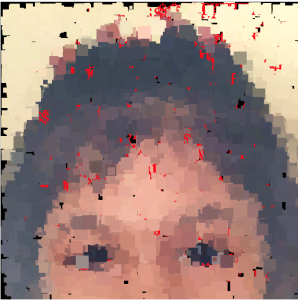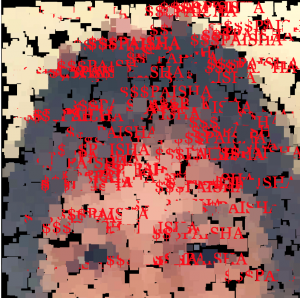Hamza Qureshi Looking Outwards Week 8
I was very inspired by the Looking Outwards blog written by my peer Hamza Qureshi. Like Hamza, I am interested in the possibilities of design through user experiences and architecture, and found that this specific project exemplified just that. Artist Taeyoon Choi has skills in both the arts and computational coding, so he combines those skills to create something useful to all who come across his works. From Hamza’s blog post, Choi coins this term ‘poetic computation‘, in which it “allows an artist to intervene in a social space to use digital and computational tools to reorganize and reparametrize that space.”
In his project, Choi makes a field recording while making noise with motors and microcontroller in the showroom, often interacting with the shoppers and the products on display. Since it is producing only harmlessly tiny noise, the symbolic importance is gained by paying attention to the noise created within the shop, and also the products, which will become a material noise in near future.

![[OLD FALL 2017] 15-104 • Introduction to Computing for Creative Practice](../../../../wp-content/uploads/2020/08/stop-banner.png)









